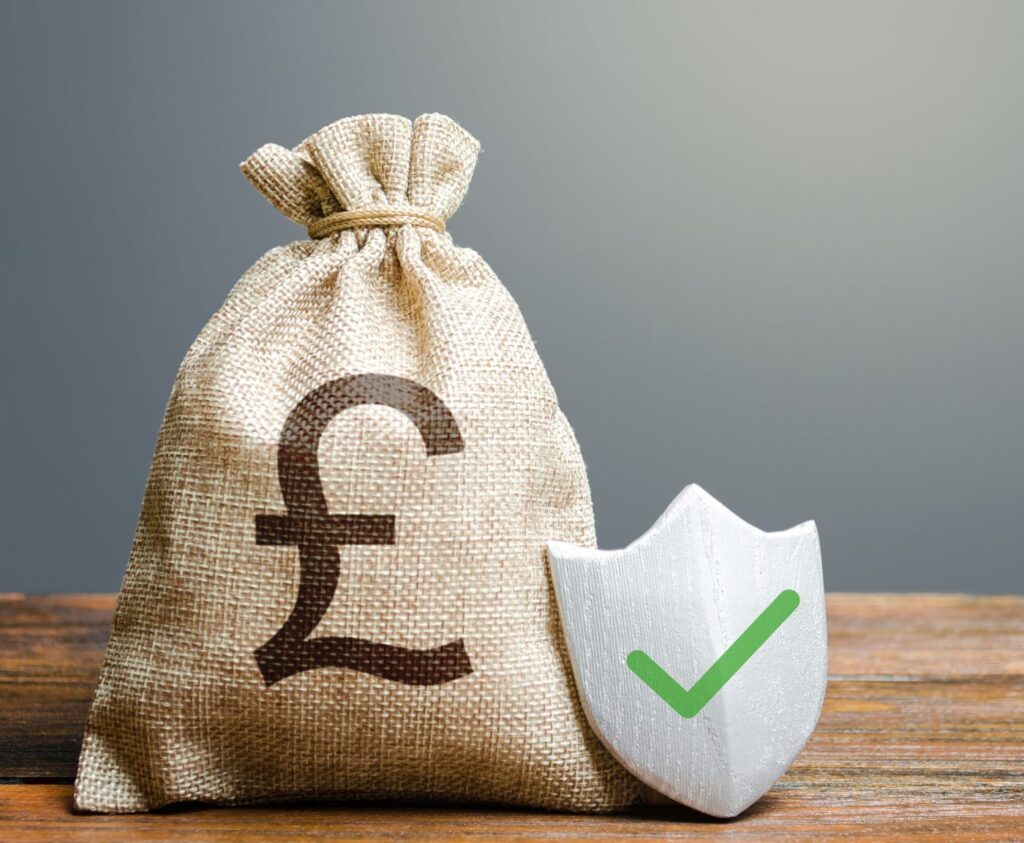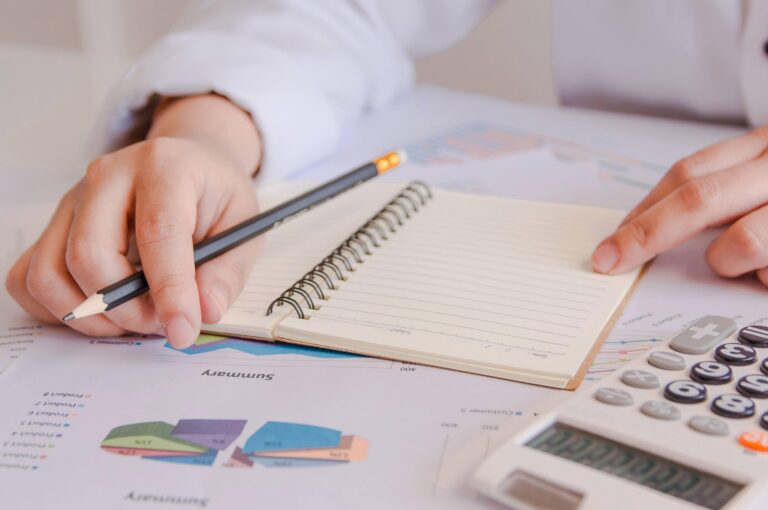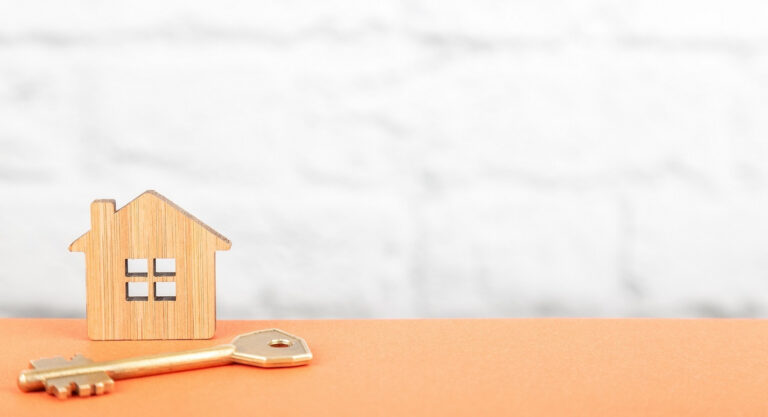Your tenancy deposit is one of the biggest financial outlays you’ll have when renting a property.
So, it’s important to know what you need to do to get it back at the end of your tenancy.
This guide explains how your tenancy deposit should be kept by your landlord, the caps on what you should pay, and 10 great tips to help ensure you get it back when you move out.
Tenancy deposit schemes and deposit caps explained
Your landlord must lodge your tenancy deposit in a government-backed deposit protection scheme within 30 days of receiving it.
Under the Tenant Fees Act 2019, there are maximum deposits they can request, depending on the amount of rent you’ll be paying annually:
For an annual rent below £50,000, your landlord can charge you a maximum deposit of five weeks’ rent
For an annual rent above £50,000, your landlord can charge you a maximum deposit of six weeks’ rent
If you pay a holding deposit to secure the property, meanwhile, this should be no more than one week’s rent.
For what reasons can a landlord keep my deposit?
The most common reason for a landlord requesting a deposit deduction is poor cleanliness at the end of a tenancy.
Your landlord could also request to keep your deposit to cover:
- Unpaid rent
- Damage to the property
- Missing or damaged items belonging to the landlord
- Decorative changes made without permission
- Gardening work if you fail to maintain outdoor space as per your tenancy agreement
How do I get my tenant deposit back?
To give yourself the best chance of getting your whole tenancy deposit back, follow these great tips:
1. Read your tenancy agreement
Understanding your obligations as a tenant is the most important step to getting your deposit back at the end of your tenancy.
Your tenancy agreement outlines everything that’s expected of you while you’re living in your landlord’s rental property.
That could include:
- Keeping the property’s outside space in good order, including maintaining the garden
- How you should report any problems or repair requests
- Rules on sub-letting rooms to other people
- Rules on keeping pets
So, ensure you read and understand all the terms and stick to them throughout your tenancy term.
2. Study the property inventory
At the start of your tenancy, you’ll be given a property inventory report.
This contains details on the property’s condition, room by room, and the condition of everything in it, from fixtures and fittings to any items supplied by your landlord.
The cleanliness of each room will also be outlined in the inventory.
Inspect the inventory when you move into the property and highlight anything you don’t agree with.
When your tenancy ends and you move out, study the inventory again so you can make sure the property is returned in the same condition as when you moved in, less any acceptable wear and tear.
3. Understand fair wear and tear
Understanding fair wear and tear can help you to ensure you get your deposit back at the end of your tenancy.
While your landlord can request deposit deductions for damage to the property, they can’t deduct for fair wear and tear.
Fair wear and tear refers to damage you would expect to see over time and through every day use.
So, a worn hallway carpet could be considered fair wear and tear.
But a carpet with a burn mark caused by some hair straighteners would be considered damage.
The judgement of fair wear and tear can also be affected by:
The length of the tenancy
The number of tenants living in the property and their age
4. Treat the property like it’s your own
It might sound obvious but treating your rental property as if it were your own can help eliminate any need for your landlord to deduct from your deposit.
You should:
- Make sure all visitors to your property remove their shoes
- Hide away any particularly fragile items owned by your landlord
- Ensure anyone who visits your rental property treats it with the same level of respect
5. Keep your home clean throughout your tenancy
The most common reason landlords make deductions from tenancy deposits is when a property is left unclean.
Rather than rely on a big end of tenancy clean, the best approach is to keep your property in good order throughout your agreement.
Focus on rooms like the kitchen and bathrooms, which can become dirtier than living rooms and bedrooms.
Do a thorough weekly clean of ovens, showers, baths, basins, sinks, and toilets throughout your tenancy as this could mean less effort is required to bring the property back to ‘move in’ standard when you leave.
6. Report problems quickly
Your landlord is responsible for keeping your rental property in a good state of repair.
But you’re responsible for reporting issues in good time – and this obligation will be outlined in your tenancy agreement.
Make sure you understand how you should report maintenance issues or damage and who you should report them to.
7. Talk to your landlord if you’re struggling to pay
If you fail to keep up with your rent payments and you’re in arrears when you come to the end of your tenancy, your landlord could deduct money from your deposit to cover their losses.
Not only that, but if you enter rent arrears during your tenancy agreement, you could be at risk of eviction.
If you’re struggling to meet your rent obligations, speak to your landlord right away.
They may be willing to find a way forward with you before the problem gets out of control –good communication and honesty are always the right policies.
8. Keep the property warm and well ventilated
While problems with damp caused by the property’s structure are the responsibility of your landlord, issues with condensation are often due to living habits.
If your rental property is affected by mould, your deposit could be at risk if you’re deemed to have not adequately heated or ventilated the property.
During your tenancy, you should:
- Make sure the property is heated during colder months
- Ventilate the property through opening windows or using extractor fans, particularly when cooking or bathing
- Never dry clothes on radiators
9. Be honest about damage
Accidents do happen but trying to conceal damage is never the right approach.
If you do happen to cause some damage to your rental property, inform your landlord or their letting agent right away.
Depending on the nature of the damage, you may be able to fix it yourself if your landlord agrees.
10. Protect your landlord’s items
If you’re living in a furnished rental property, or your landlord has provided certain items on top of standard white goods, make a special effort to protect these things.
Take care when cleaning items belonging to your landlord and if you’re wary of damaging anything, consider hiding it away.
How to get a deposit back from a landlord
At the end of your tenancy agreement, you should write to your landlord to request the return of your deposit.
Your landlord should then respond with details of any deductions they wish to make and provide information on why they wish to make those deductions.
If you agree with the amount your landlord is proposing to return, it should be returned to you within 10 days through your landlord’s chosen deposit protection scheme.
If you don’t agree with your landlord, your deposit will remain in the scheme until you’re able to find a resolution.




